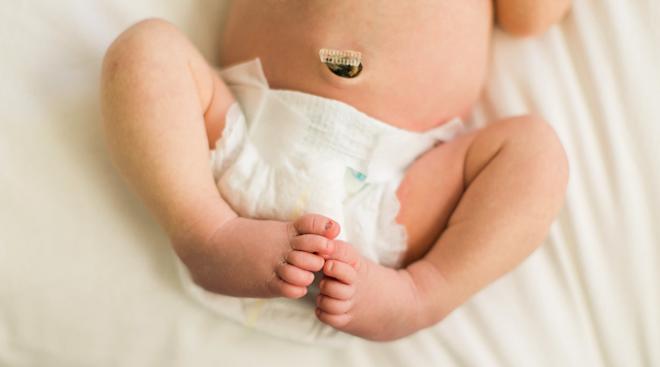A new government report shows that in-hospital circumcisions for newborn boys born in the United States have fluctuated over the past three decades but the overall percentage of circumcisions had declined by 10 percent from 1979 to 2010.
The most recent research suggests circumcision does “help prevent certain kinds of infections,” pediatrics group president Thomas McInerny said in an interview with USA Today. “There is some evidence that the cells that make up the inner surface of the foreskin may provide an optimal target for the HIV virus.” Research has also found that circumcised males have a lower risk of urinary tract infections as well as penile cancer.
The National Center for Health Statistics study noted that the percentage fell from 64.5 percent to 58.3 percent over the course of 32 years. The rate of circumcision was highest in 1981 (with over 64.9 percent of newborn boys being circumcised) and was lowest in 2007 (with only 55.4 percent of newborn boys getting circumcised). Co-author of the study, Maria, Owings, said that the numbers did not include circumcisions administered outside of the hospital or for religious or other reasons. In Western states, Ownings noted, a sharp decline in circumcision rates also took place. The trend fell from 63.9 percent in 1979 to 40.2 percent in 2010.
Though overall statistics have gone down, numbers have continued to fluctuate over the years. Most notably, last year, the American Academy of Pediatrics revised its policy on circumcision of newborn baby boys, saying that the health benefits outweigh the potential risks, however, the health benefits evidence was not so strong that the AAP felt compelled to recommend routine circumcision for all newborn boys. According to the World Health Organization, about 30 percent of males worldwide ages 15 and older have been circumcised, and for most, it’s a religious practice: at least 69 percent of circumcised men are Muslim and 1 percent are Jewish.
Another reason the trend might be on the decline? Babies are spending less time in the hospital, which has resulted in a decline in hospital-based circumcisions. “Often they’re going home within 24 hours, so in some places, these procedures are increasingly being done by the pediatrician during the follow-up period in the doctor’s office or clinic as opposed to the hospital,” says pediatrician Douglas Diekema of the Treuman Katz Center for Pediatric Bioethics at Seattle Children’s Research Institute. For the study, out-of-hospital circumcisions were not included in the research.
While many groups are adamantly against circumcising young men, a cost study completed last year reported in the Archives of Pediatrics & Adolescent Medicine observed that falling infant circumcision rates would end up doing more harm than good for the United States economy. They found that the decrease could end up costing the country billions of dollars in health care when men and their female partners develop AIDS and other sexually transmitted infections as well as cancer.
Are you pleased that the numbers of circumcisions have decreased in the past three decades?
Please note: The Bump and the materials and information it contains are not intended to, and do not constitute, medical or other health advice or diagnosis and should not be used as such. You should always consult with a qualified physician or health professional about your specific circumstances.
Navigate forward to interact with the calendar and select a date. Press the question mark key to get the keyboard shortcuts for changing dates.




















































